Although fringe benefits tax will be 49% from 1 July 2015, the following benefits for employees are exempt from fringe benefits tax and may conveniently be salary sacrificed:
- Briefcases
- Tools of trade
- Phones (i-phones, mobiles, smart phones)
- Calculators
- Portable electronic devices –
- Personal digital assistants
- Blackberries
- Laptops
- Notebook computers
- Subscriptions to trade or professional journals
- In-house benefits (free or discounted goods) to a maximum of $1,000 per employee per year
- Taxi trips beginning or ending at work.
OTHERWISE DEDUCTIBLE
Any benefits which would, if paid by the employer, be tax deductible to the employee, are exempt from fringe benefits tax if paid by the employer on behalf of the employee. For example, the following would be exempt benefits:
- Income protection insurance
- Interest on investment loan
- Work related travel
- Work related self-education expenses.
These and other expenses, being exempt under the ‘otherwise deductible’ rule, may be salary sacrificed, paid from pre tax dollars!







